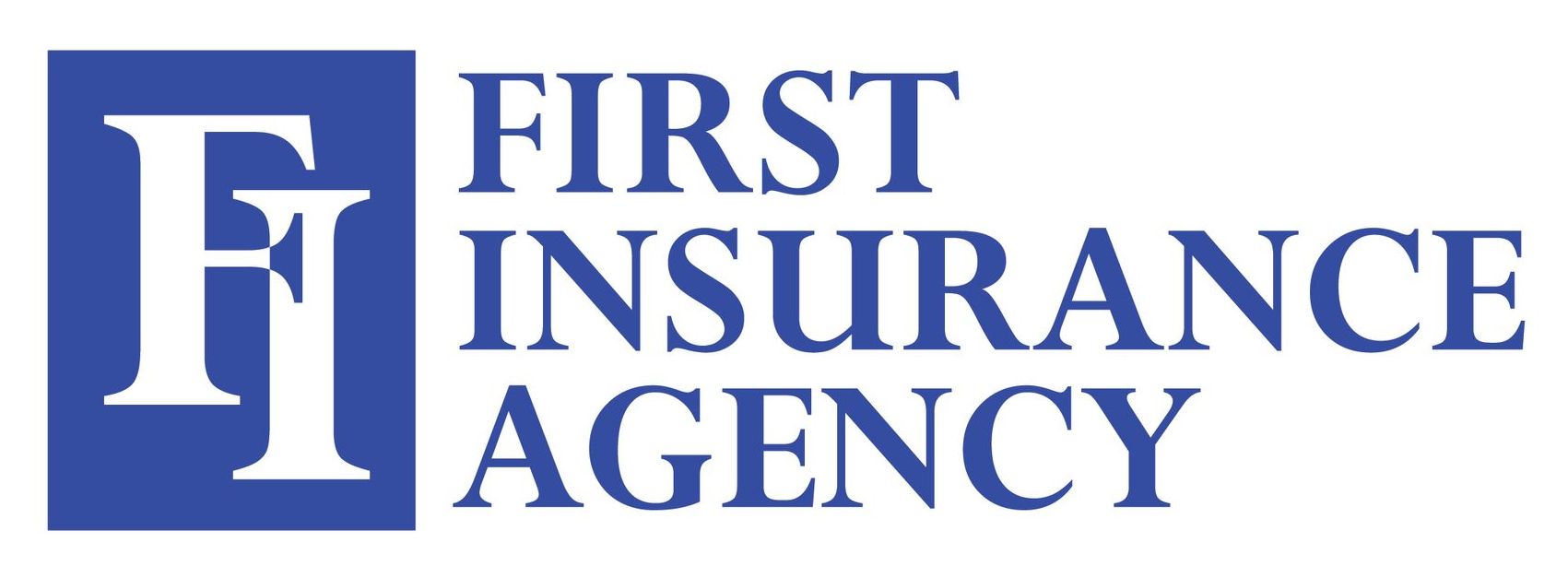First Time Home Buyers Guide To Home Owners Insurance
Deciding to buy a first home is exciting. Often, it comes as part of other major life decisions like getting married or having children. Many people find that spending money on property instead of on rent makes long-term sense.
How Much Can You Expect to Pay?
The National Association of Insurance Commissioners (NAIC) reports that home insurance rates increased 3% in 2018 to $1,247 a year on average (from $1,211 per year in 2017).
Keep in mind that these rates reflect the average home insurance rates, which normally include discounts like age reductions. Other discounts are offered for claim-free histories, bundling, and loyalty. If you're buying your first home, you might not get these discounts.
Tips to Save Money on Your First Home Insurance
There are many ways that you save money on insurance when you buy your first home. Following these tips can subtract hundreds or even thousands of dollars from your home insurance bills.
Buy Renter's Insurance
Insurance companies offer discounts to people who can show a loss-free claim history. If you wait until you buy your first home to buy insurance, you could be paying up to 25% more for your coverage than someone who had renters insurance for a few years.
Imagine you pay for renters insurance for three years and have no claims. Let's say that works out to $600. Then you apply for insurance on your first home. You receive a quote of $1,247, but the company gave you a 25% claim-free discount. You'll save $311.75 per year (with an annual amount of $935.25 a year). You'd only need to own the home for two years to make up the cost of your renter's insurance.
Use Your History
If you lived with someone before buying your coverage, contact the insurance company to see if they include the history of being covered in another policy. For instance, if you lived with your parents, the new insurance company might accept that as being insured.
Bundle Your Insurance
Many insurance companies offer discounts if you buy more than one type of policy with them. This is called bundling and can reduce your overall insurance costs. Before you bundle, you should look over the total cost of both policies under the same insurer.




